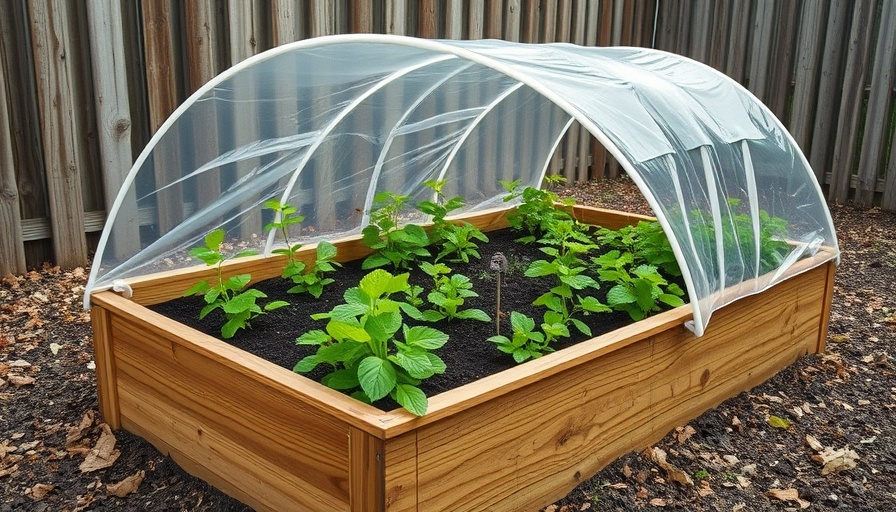
Embracing the Chill: Extending Your Gardening Season
As autumn settles in and temperatures take a nosedive, it's easy to believe that gardening season has come to an end. However, with the right knowledge and strategies, avid gardeners can enjoy a bountiful harvest even beyond that first frost. Farmer Briana Yablonski shares her expert advice on how to keep your green thumb alive during the chill.
Understanding Frost Tolerance vs. Hardiness
One of the first steps to successfully extending your gardening season involves understanding the distinction between frost tolerance and hardiness. Frost tolerance refers to a plant's ability to withstand sub-zero temperatures without losing its vitality. Plants like kale and cabbage thrive under frost conditions, continuing their growth even in the cold. On the other hand, hardiness relates to a plant's suitability for a particular climate or USDA hardiness zone. Recognizing the frost resilience of your garden plants is crucial to choosing varieties that can weather winter's bite.
Best Cold-Hardy Crops to Plant in Late Fall
For those looking to extend their gardening beyond the traditional summer months, consider planting a range of cold-resistant vegetables. Ideal crops include:
- Kale
- Collard greens
- Spinach
- Carrots
- Scallions
These vegetables can withstand cold temperatures, allowing gardeners to harvest fresh produce even in early winter.
Adding Winter Interest with Ornamental Plants
While many flowering plants retreat after the frost, there are still vibrant options that enhance the winter landscape. Consider incorporating varieties like:
- Winterberry: These shrubs bring bright red berries during the colder months.
- Ornamental kale: Known for its stunning foliage, it adds color to your garden.
- Pansies: These hardy blossoms can survive surprising cold, bringing color to dreary winter days.
By mixing in cold-tolerant ornamental plants with your winter vegetables, you can create a visually appealing garden that withstands the frost.
The Importance of Weather Tracking
Keeping an eye on the weather can greatly enhance your ability to manage your garden through winter. The arrival of your region's first frost is a crucial date to remember, marking the time when many plants need special care or protection. Utilize local weather forecasts and historical frost dates to plan ahead for protection strategies or even anticipate the start of early spring planting.
DIY Tips for a Winter-Ready Garden
As winter approaches, here are a few practical tips to prepare your garden:
- Build elevated planter boxes or outdoor soil beds to facilitate drainage and keep roots warmer.
- Construct a composting barrel to enrich your soil with nutrients ready for spring planting.
- Use automated watering hacks to simplify the maintenance of moisture levels for your winter crops.
By implementing these DIY strategies, you can protect your plants from frost and ensure a fruitful transition into spring.
Conclusion: The Future of Your Garden Awaits
The transition to winter gardening may seem daunting, but with these insights, you can confidently nurture your garden through the coldest months. Embrace the challenge and take control of your gardening destiny. Whether you're starting a backyard planting box in Muskegon or constructing a small seasonal backyard house, the resources are vast and varied to guide your efforts. Take the plunge, and soon you’ll enjoy the fruits of your winter gardening labor!
Stay engaged with your gardening community and explore further techniques to extend your gardening season. Remember, your green space can thrive year-round with the right approach!
 Add Row
Add Row 
 Add
Add 


Write A Comment